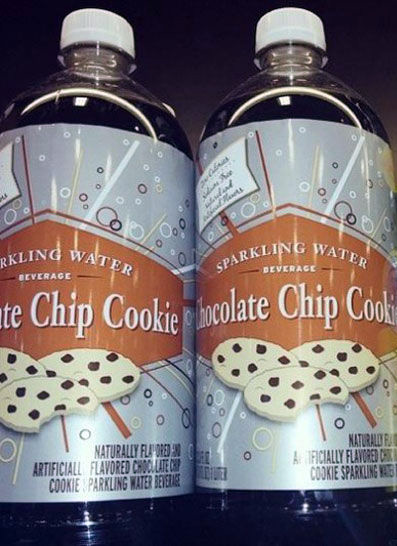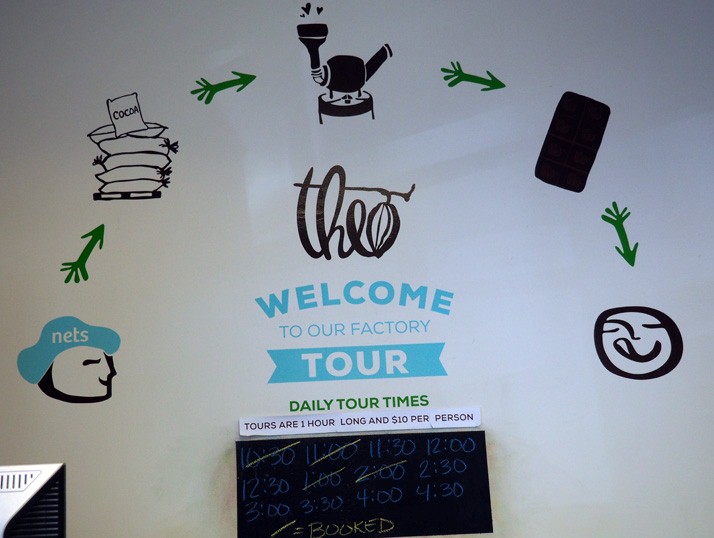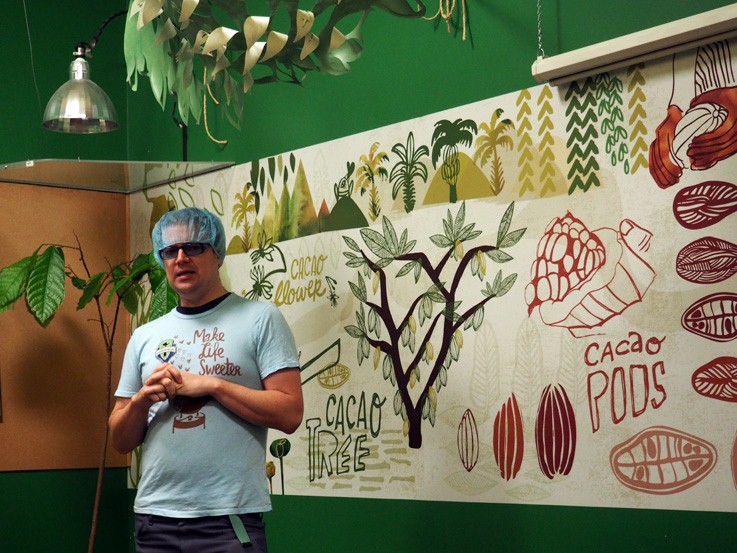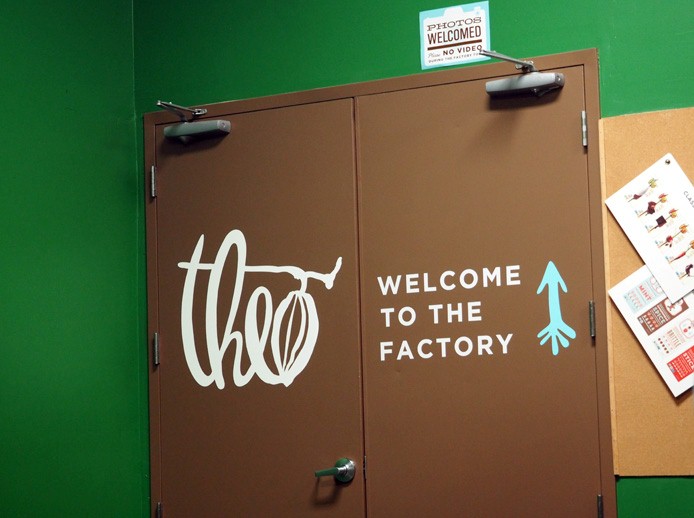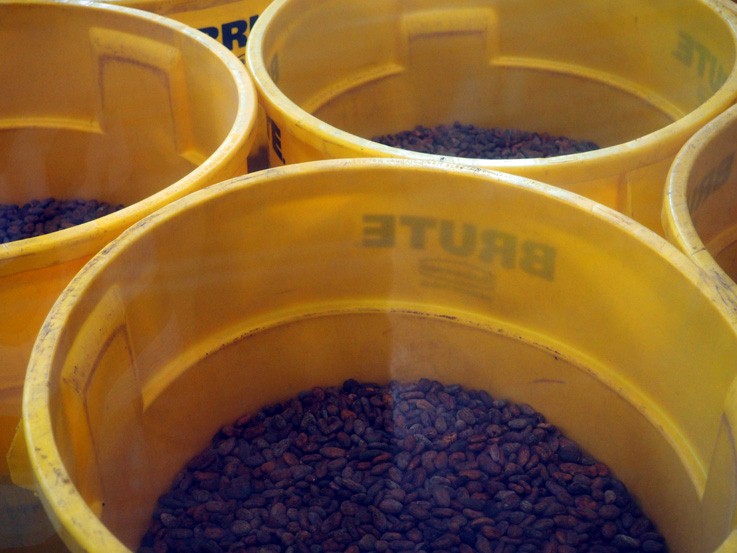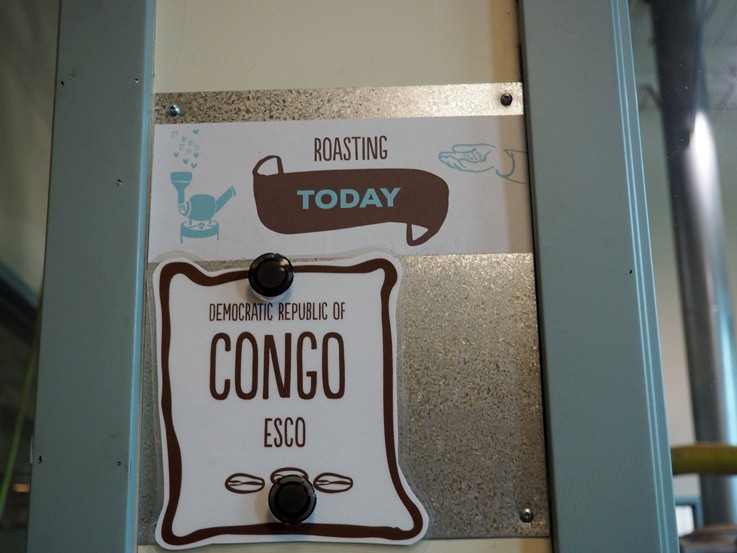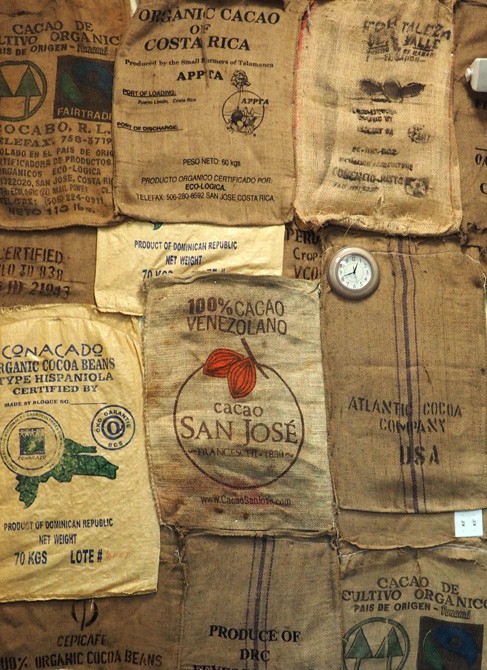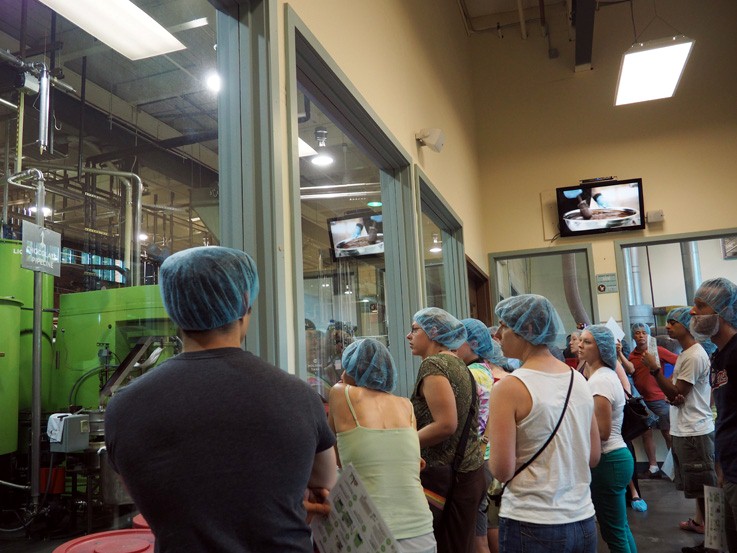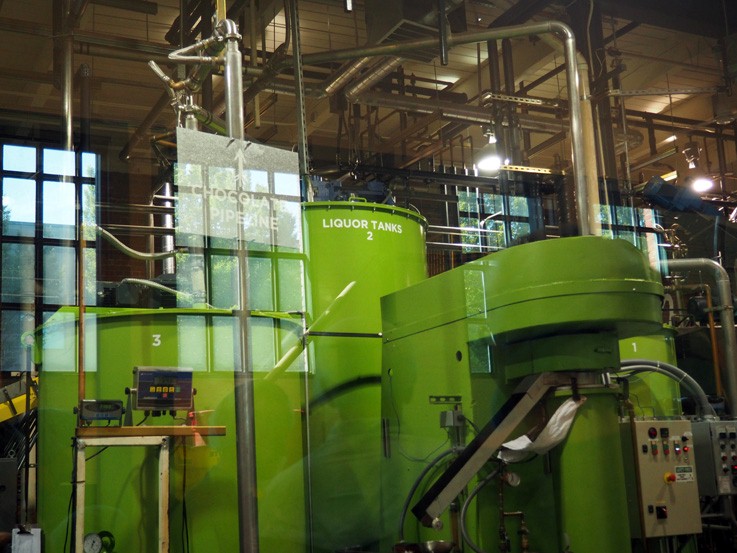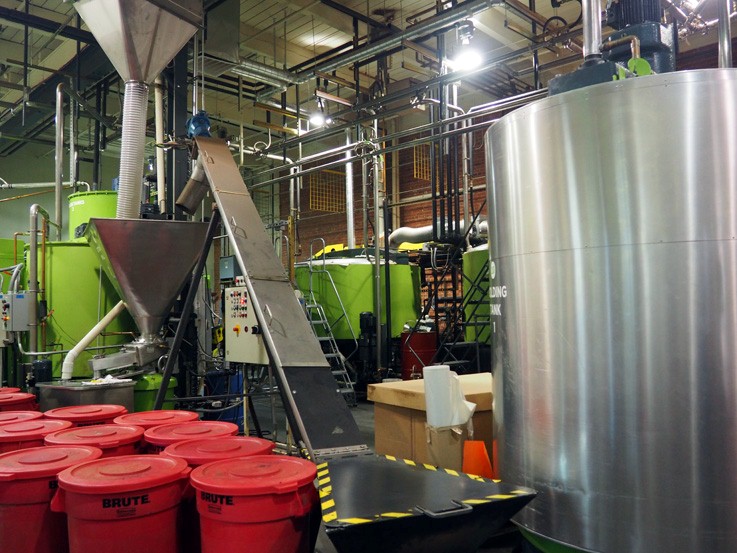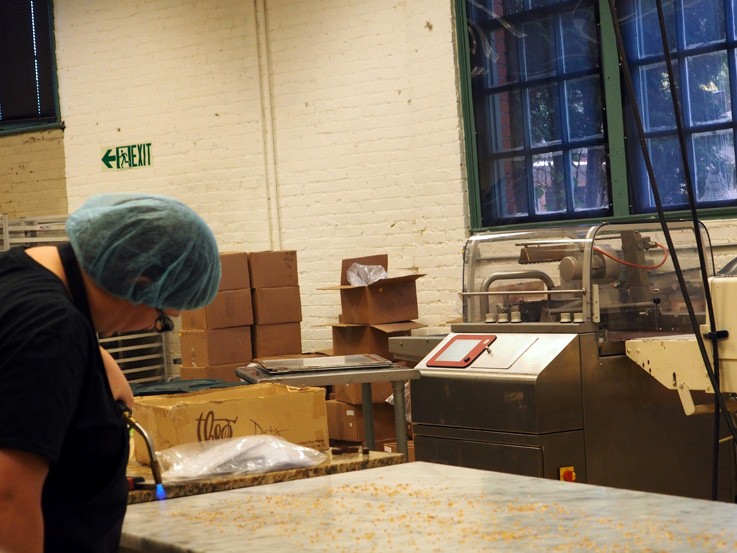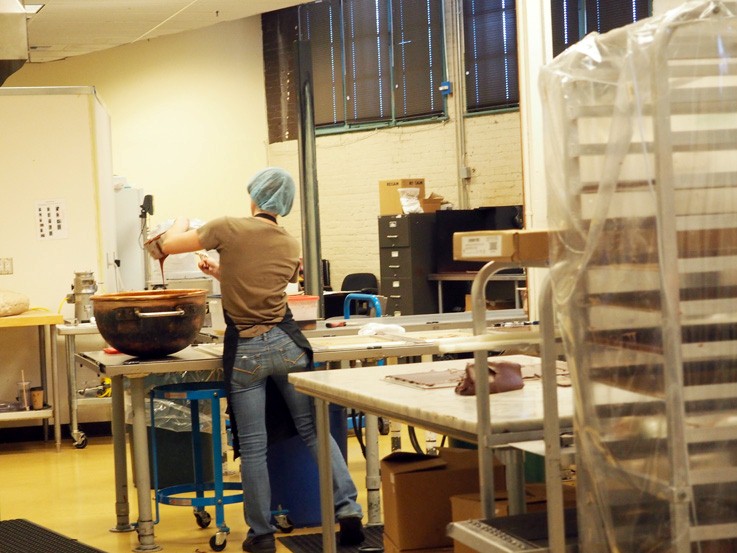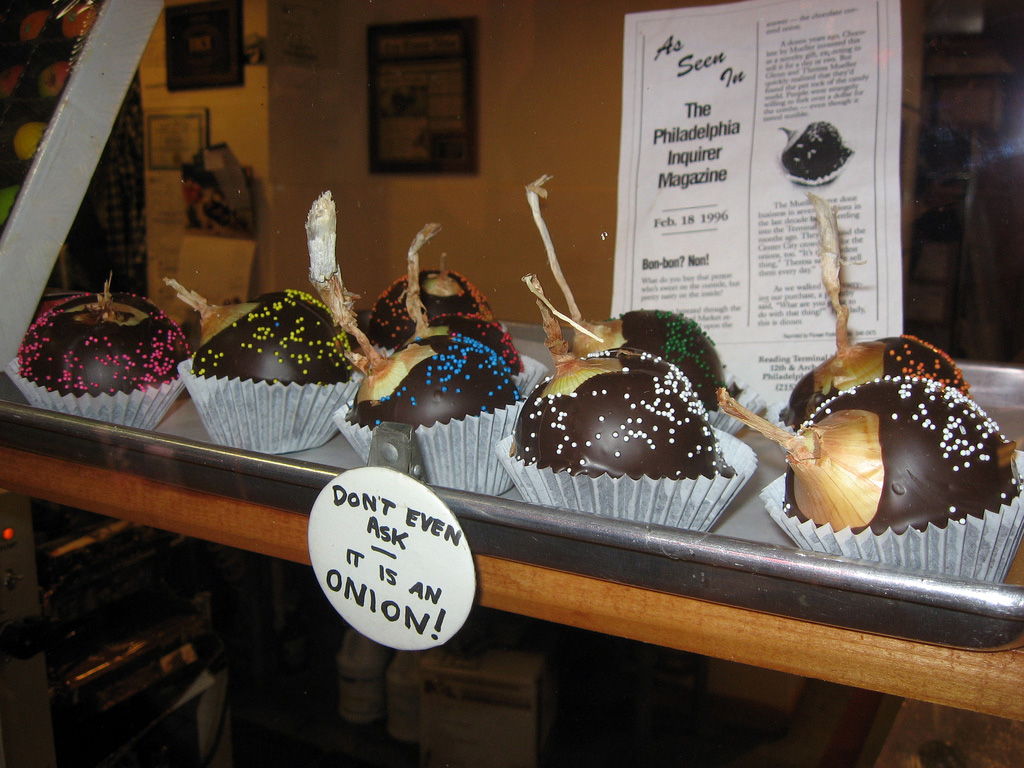Presented for your approval: Chocolate Chip Cookie Sparking Water, the beverage that will probably make you wish you’d spent your money on an actual cookie instead. I watched a video of a man trying this and he described it as “not the worst I’ve ever had in my life…but it’s pretty close” and “I don’t know if I would call it chocolate chip. I remember in grade school when I did this science experiment thing where we had owl pellets…that owl pellet is what this kind of tastes like.”
Pros: It’s zero calorie so it could be an all the time food as opposed to real cookies which are now a “sometimes food”, way easier than liquefying cookies to make into your own cookie beverage, this could be the first time in your life that you’ve hydrated with cookies, technically chocolate in drinking form is trying it the way it used to be consumed
Cons: No self-respecting Maya would drink this, there’s no way the aftertaste on this is anything other than regret, fake chocolate is nigh-universally awful, post-sparkling beverage burps allowing you to taste it again and again and again, did you not see that it tastes like owl pellets?

